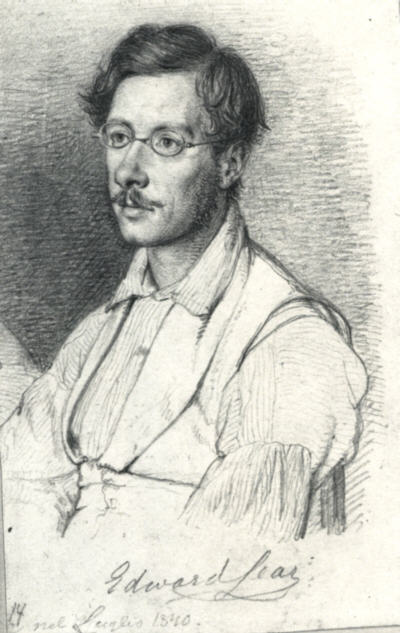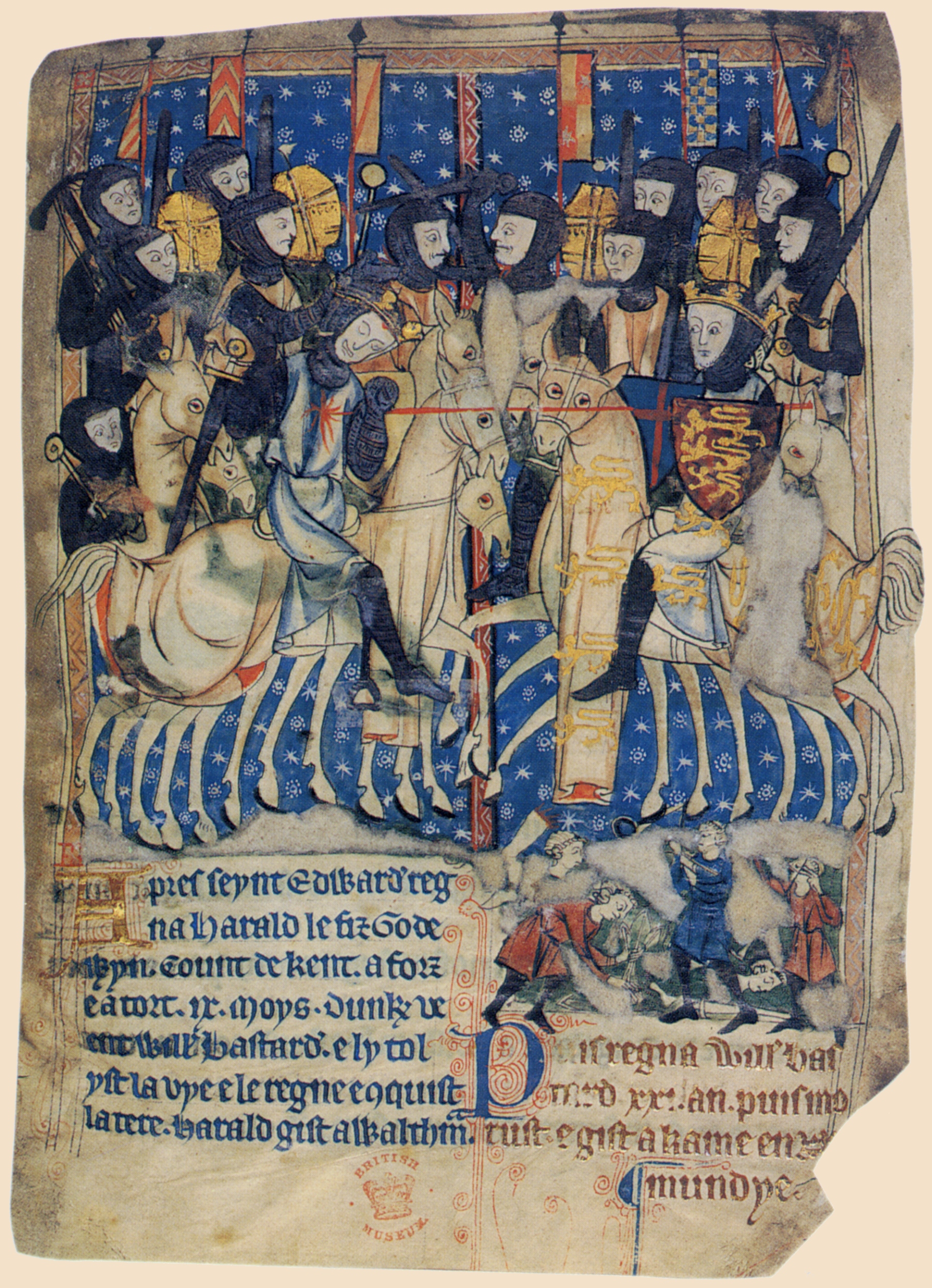|
J. A. Symonds
John Addington Symonds, Jr. (; 5 October 1840 – 19 April 1893) was an English poet and literary critic. A cultural historian, he was known for his work on the Renaissance, as well as numerous biographies of writers and artists. Although married with children, Symonds supported male love (homosexuality), which he believed could include pederastic as well as egalitarian relationships, referring to it as ''l'amour de l'impossible'' (love of the impossible). He also wrote much poetry inspired by his same-sex affairs. Early life and education Symonds was born at Bristol, England, in 1840. His father, the physician John Addington Symonds, Sr. (1807–1871), was the author of ''Criminal Responsibility'' (1869), ''The Principles of Beauty'' (1857) and ''Sleep and Dreams''. The younger Symonds, considered delicate, did not take part in games at Harrow School after the age of 14, and he showed no particular promise as a scholar. Symonds moved to Clifton Hill House at the age of ... [...More Info...] [...Related Items...] OR: [Wikipedia] [Google] [Baidu] |
Cornell University Press
The Cornell University Press is the university press of Cornell University; currently housed in Sage House, the former residence of Henry William Sage. It was first established in 1869, making it the first university publishing enterprise in the United States, but was inactive from 1884 to 1930. The press was established in the College of the Mechanic Arts (as mechanical engineering was called in the 19th century) because engineers knew more about running steam-powered printing presses than literature professors. Since its inception, The press has offered work-study financial aid: students with previous training in the printing trades were paid for typesetting and running the presses that printed textbooks, pamphlets, a weekly student journal, and official university publications. Today, the press is one of the country's largest university presses. It produces approximately 150 nonfiction titles each year in various disciplines, including anthropology, Asian studies, biologica ... [...More Info...] [...Related Items...] OR: [Wikipedia] [Google] [Baidu] |
Edward Lear
Edward Lear (12 May 1812 – 29 January 1888) was an English artist, illustrator, musician, author and poet, who is known mostly for his literary nonsense in poetry and prose and especially his limerick (poetry), limericks, a form he popularised. His principal areas of work as an artist were threefold: as a draughtsman employed to make illustrations of birds and animals; making coloured drawings during his journeys, which he reworked later, sometimes as plates for his travel books; and as a (minor) illustrator of Alfred, Lord Tennyson's poems. As an author, he is known principally for his popular nonsense collections of poems, songs, short stories, botanical drawings, recipes and alphabets. He also composed and published twelve musical settings of Tennyson's poetry. Biography Early years Lear was born into a middle-class family at Holloway, London, Holloway, North London, the penultimate of 21 children (and youngest to survive) of Ann Clark Skerrett and Jeremiah Lear, a stoc ... [...More Info...] [...Related Items...] OR: [Wikipedia] [Google] [Baidu] |
Katharine Furse
Dame Katharine Furse, ( Symonds; 23 November 1875 – 25 November 1952) was a British nursing and military administrator. She led the British Red Cross Voluntary Aid Detachment force during the First World War, and served as the inaugural Director of the Women's Royal Naval Service (1917–19). Furse was also the first Director of the World Association of Girl Guides and Girl Scouts (1928–38). Early life and family Furse was born in Bristol, England, on 23 November 1875, the daughter of poet and critic John Addington Symonds and Janet Catherine North. Her aunt was the painter Marianne North. Educated by governesses and her mother, Furse spent most of her early life in Switzerland and Italy. In the last quarter of 1900, Furse married the painter Charles Wellington Furse at St George's, Hanover Square, London; her husband died in October 1904 aged 36, leaving her with two young sons: Peter Reynolds Furse, b. Farnham, Q4 1904 and Paul Furse, b. Farnham, Q4 1904. Military care ... [...More Info...] [...Related Items...] OR: [Wikipedia] [Google] [Baidu] |
Hastings
Hastings () is a large seaside town and borough in East Sussex on the south coast of England, east to the county town of Lewes and south east of London. The town gives its name to the Battle of Hastings, which took place to the north-west at Senlac Hill in 1066. It later became one of the medieval Cinque Ports. In the 19th century, it was a popular seaside resort, as the railway allowed tourists and visitors to reach the town. Today, Hastings is a fishing port with the UK's largest beach-based fishing fleet. It has an estimated population of 92,855 as of 2018. History Early history The first mention of Hastings is found in the late 8th century in the form ''Hastingas''. This is derived from the Old English tribal name '' Hæstingas'', meaning 'the constituency (followers) of Hæsta'. Symeon of Durham records the victory of Offa in 771 over the ''Hestingorum gens'', that is, "the people of the Hastings tribe." Hastingleigh in Kent was named after that tribe. The place n ... [...More Info...] [...Related Items...] OR: [Wikipedia] [Google] [Baidu] |
Marianne North
Marianne North (24 October 1830 – 30 August 1890) was a prolific English Victorian biologist and botanical artist, notable for her plant and landscape paintings, her extensive foreign travels, her writings, her plant discoveries and the creation of her gallery at the Royal Botanic Gardens, Kew. Early life and education North was born in Hastings, England, the eldest daughter of a prosperous land-owning family descended from Roger North, younger son of Dudley North, 4th Baron North. Her father was Frederick North, a Norfolk Deputy Lieutenant and Justice of the Peace, and Liberal M.P. for Hastings. Her mother, Janet, was the daughter of Sir John Marjoribanks M.P., 1st Baronet of Lees in the County of Berwick. She was the eldest of three children. North trained as a vocalist under Charlotte Helen Sainton-Dolby, but her voice failed, and she then devoted herself to painting flowers. After the death of her mother in 1855, she constantly travelled with her father, who ... [...More Info...] [...Related Items...] OR: [Wikipedia] [Google] [Baidu] |
Switzerland
). Swiss law does not designate a ''capital'' as such, but the federal parliament and government are installed in Bern, while other federal institutions, such as the federal courts, are in other cities (Bellinzona, Lausanne, Luzern, Neuchâtel, St. Gallen a.o.). , coordinates = , largest_city = Zürich , official_languages = , englishmotto = "One for all, all for one" , religion_year = 2020 , religion_ref = , religion = , demonym = , german: Schweizer/Schweizerin, french: Suisse/Suissesse, it, svizzero/svizzera or , rm, Svizzer/Svizra , government_type = Federalism, Federal assembly-independent Directorial system, directorial republic with elements of a direct democracy , leader_title1 = Federal Council (Switzerland), Federal Council , leader_name1 = , leader_title2 = , leader_name2 = Walter Thurnherr , legislature = Fe ... [...More Info...] [...Related Items...] OR: [Wikipedia] [Google] [Baidu] |
Magdalen College, Oxford
Magdalen College (, ) is a constituent college of the University of Oxford. It was founded in 1458 by William of Waynflete. Today, it is the fourth wealthiest college, with a financial endowment of £332.1 million as of 2019 and one of the strongest academically, setting the record for the highest Norrington Score in 2010 and topping the table twice since then. It is home to several of the university's distinguished chairs, including the Agnelli-Serena Professorship, the Sherardian Professorship, and the four Waynflete Professorships. The large, square Magdalen Tower is an Oxford landmark, and it is a tradition, dating to the days of Henry VII, that the college choir sings from the top of it at 6 a.m. on May Morning. The college stands next to the River Cherwell and the University of Oxford Botanic Garden. Within its grounds are a deer park and Addison's Walk. History Foundation Magdalen College was founded in 1458 by William of Waynflete, Bishop of Winchester a ... [...More Info...] [...Related Items...] OR: [Wikipedia] [Google] [Baidu] |
Escorial
El Escorial, or the Royal Site of San Lorenzo de El Escorial ( es, Monasterio y Sitio de El Escorial en Madrid), or Monasterio del Escorial (), is a historical residence of the King of Spain located in the town of San Lorenzo de El Escorial, up the valley ( road distance) from the town of El Escorial and about northwest of the Spanish capital Madrid. Built between 1563 and 1584 by order of King Philip II (who reigned 1556–1598), El Escorial is the largest Renaissance building in the world. It is one of the Spanish royal sites and functions as a monastery, basilica, royal palace, pantheon, library, museum, university, school, and hospital. El Escorial consists of two architectural complexes of great historical and cultural significance: the royal monastery itself and '' La Granjilla de La Fresneda'', a royal hunting lodge and monastic retreat about 5 kilometres away. These sites have a dual nature: during the 16th and 17th centuries, they were places in which the power of the ... [...More Info...] [...Related Items...] OR: [Wikipedia] [Google] [Baidu] |
Honour Moderations
Honour Moderations (or ''Mods'') are a set of examinations at the University of Oxford at the end of the first part of some degree courses (e.g., Greats or '' Literae Humaniores''). Honour Moderations candidates have a class awarded (hence the 'honours'). However, this does not count towards the final degree. In other courses, ''Prelims'' (i.e., preliminary examinations) are the first set of examinations but have no class awarded for them. These first examinations are termed 'First Public Examinations'. Having passed the First Public Examinations, students take a course leading to the 'Second Public Examinations', more commonly known as ''Finals''. ''Finals'' are held at the end of all first degree courses at Oxford for arts subjects and may be split into examinations after the second, third and, if applicable, fourth year for some science subjects. Honour Moderations in Classics has been called one of the hardest examinations in the world. However, in recent years, the subject m ... [...More Info...] [...Related Items...] OR: [Wikipedia] [Google] [Baidu] |
_by_Myers.jpg)



